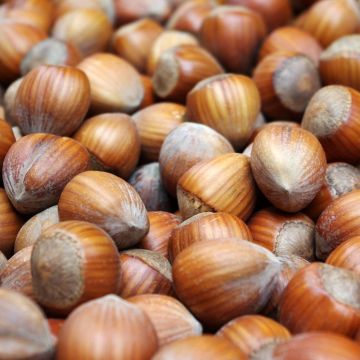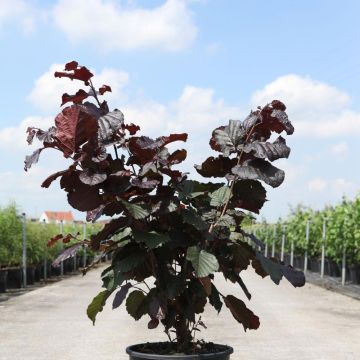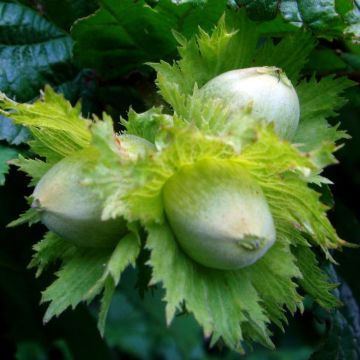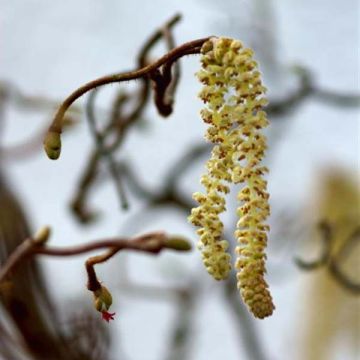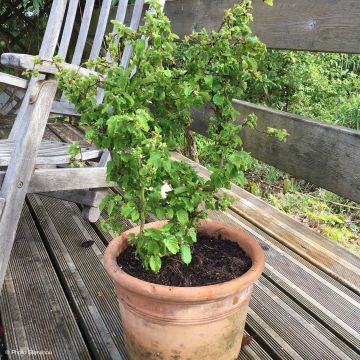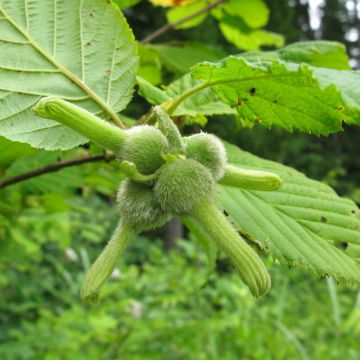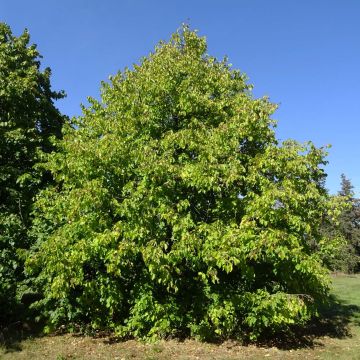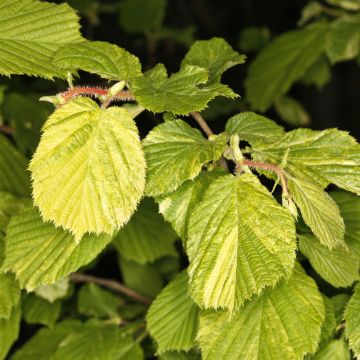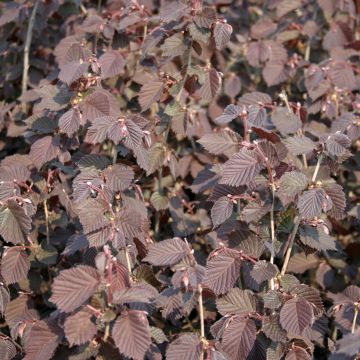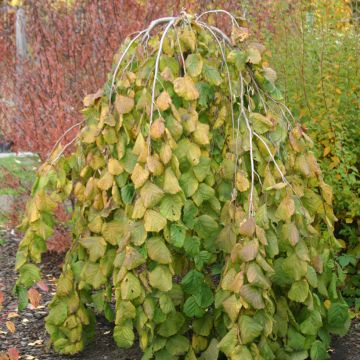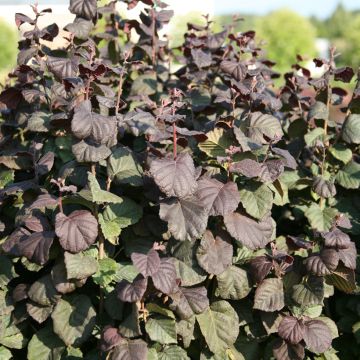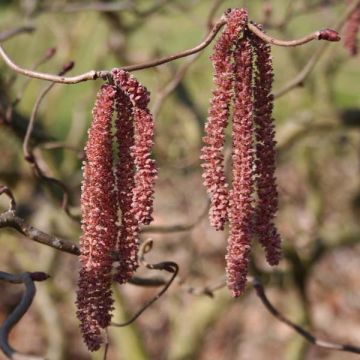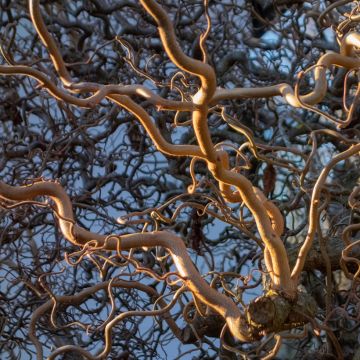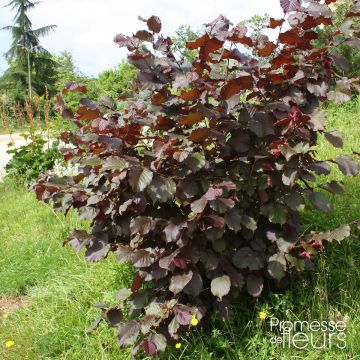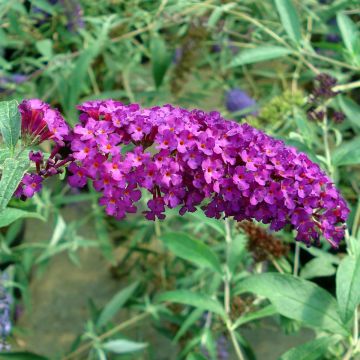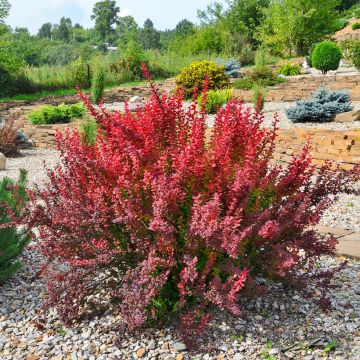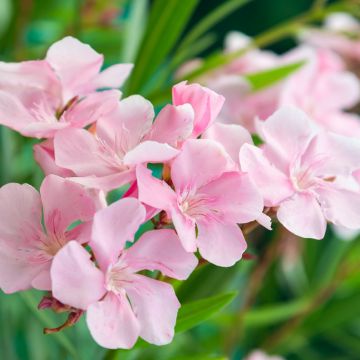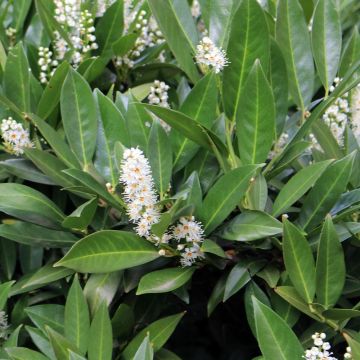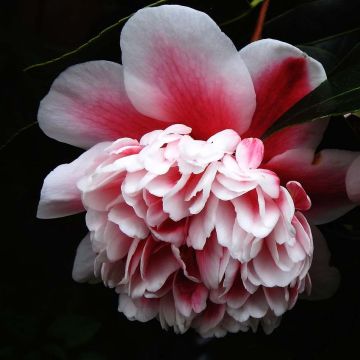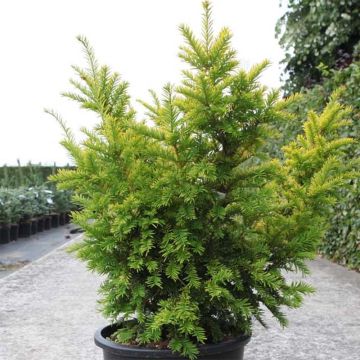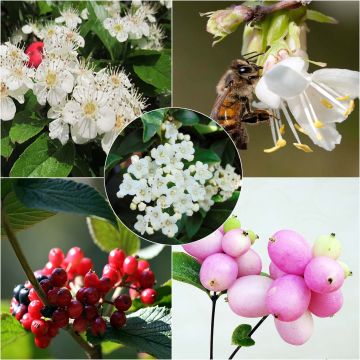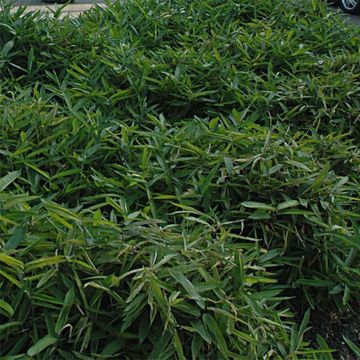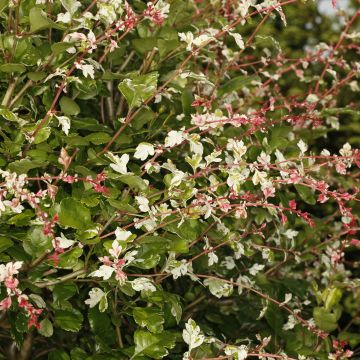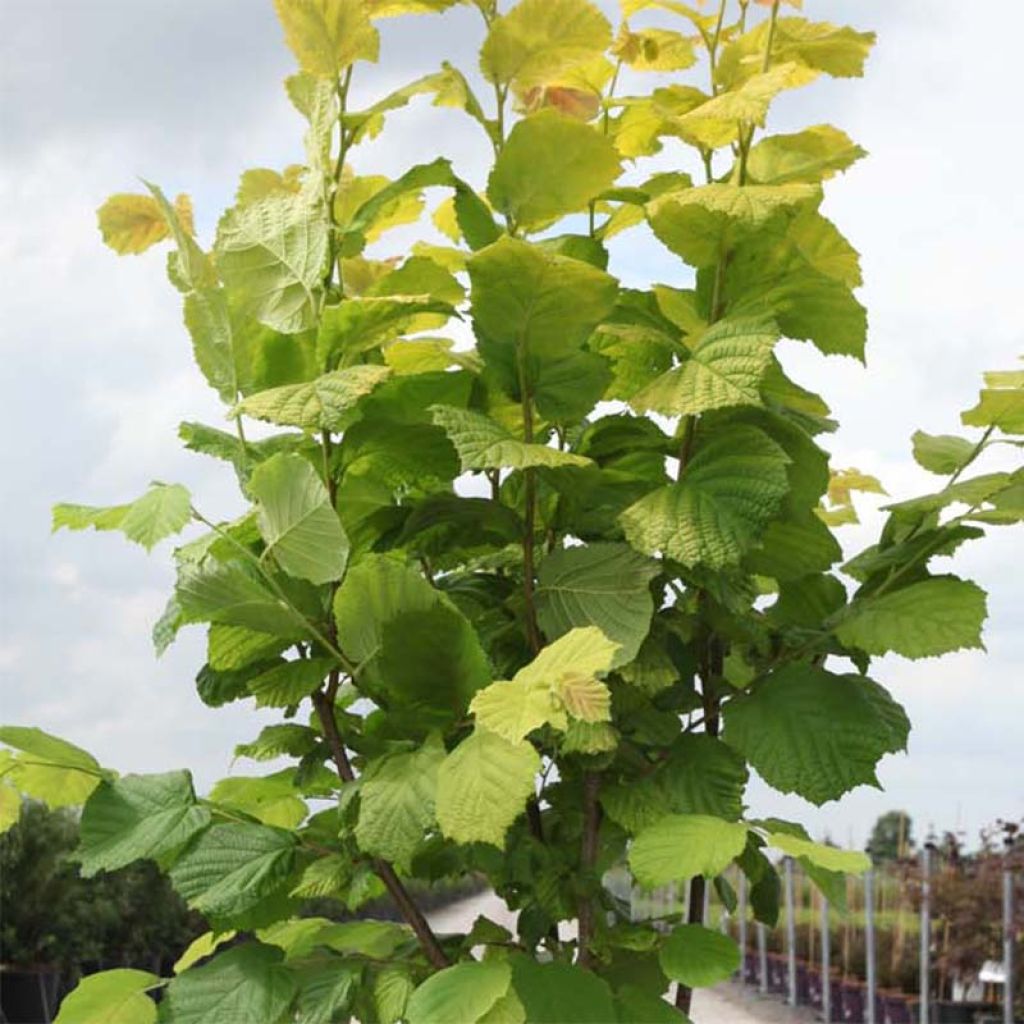

Corylus avellana Aurea - Noisetier doré.
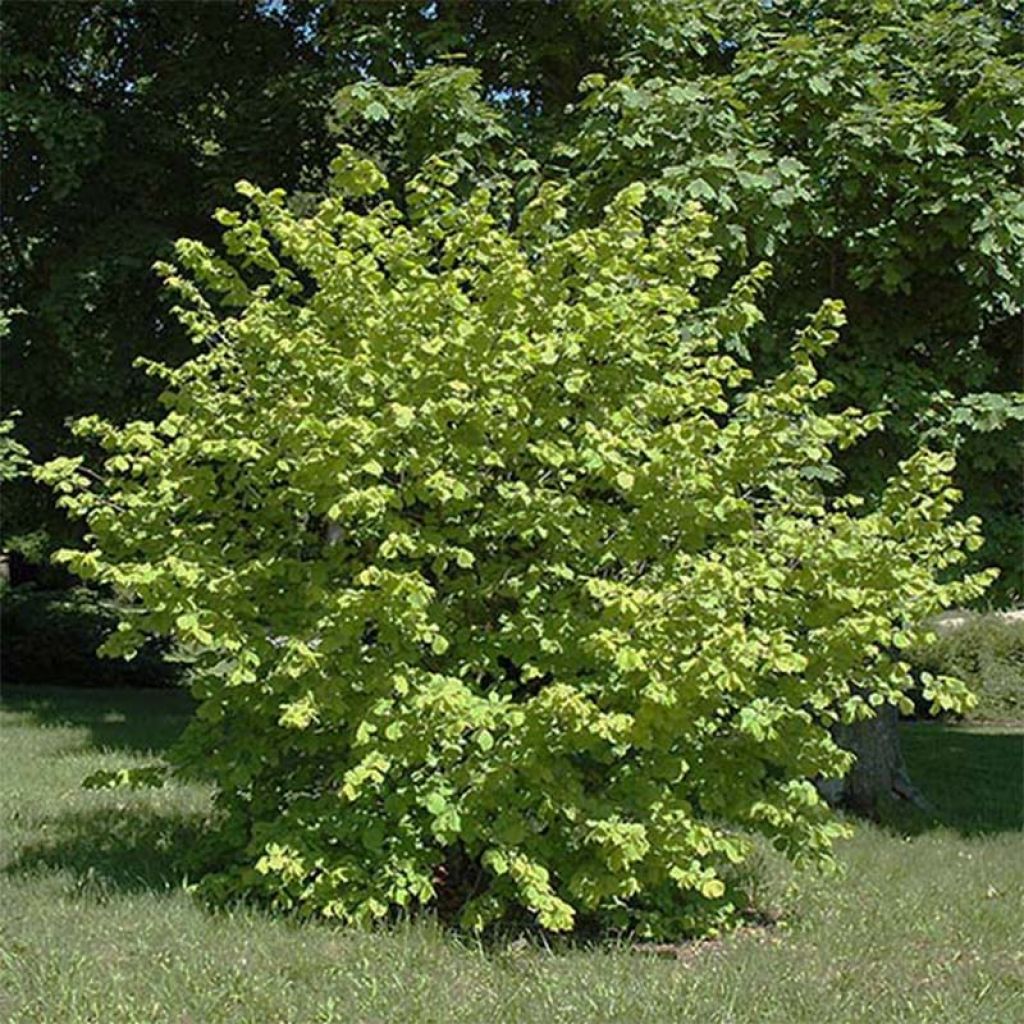

Corylus avellana Aurea - Noisetier doré.
Corylus avellana Aurea - Common Hazel
Corylus avellana Aurea
Common Hazel, European Hazel
Gorgeous golden hazelnut tree that meets my expectations. I waited for 1 year to be able to order it. I am not disappointed. Well done Promesse de Fleurs!
Mélissandre, 19/07/2022
Why not try an alternative variety in stock?
View all →This plant carries a 24 months recovery warranty
More information
We guarantee the quality of our plants for a full growing cycle, and will replace at our expense any plant that fails to recover under normal climatic and planting conditions.
Oversize package: home delivery by special carrier from €6.90 per order..
Express home delivery from €8.90.

Does this plant fit my garden?
Set up your Plantfit profile →
Description
Corylus avellana Aurea is an unusual ornamental Hazel tree, as elegant as it is delicious, a beautiful fruiting bush that will be a pleasure in the ornamental garden. With a beautiful stature, this small dense tree develops young foliage of a bright yellow, becoming light green when mature, the two shades often blending on its luminous crown that can be seen from afar. Its spring flowering of pale yellow pendulous catkins, gives way to white hazelnuts turning brown-red, ripening in autumn. Plant it in ordinary soil, not too dry: it succeeds everywhere and in all exposures.
Corylus avellana belongs to the Betulaceae family, just like the birch tree. It is native to temperate areas of the Northern Hemisphere and present in most areas, although it seems to be declining in the south due to global warming. It is a monoecious fruit tree, bearing distinct male and female inflorescences on the same plant.
The 'Aurea' cultivar is a horticultural creation that stands out from the species by the colour of its foliage and fruits. This bush spreads by producing shoots at the level of the crown. It will reach, on average, 3.5 m (11 ft 6 in) in height and 3 m (9 ft 10 in) in width when mature, depending on the nature of the soil. It has a fairly rapid growth, especially in deep, fertile and moist soil. The young branches are brown to olive green in colour, the bark takes on a brown hue and a wrinkled appearance as it ages. The male flowers appear on the plant during the summer and bloom in February-March. They are pendulous, decorative, yellow catkins measuring 4 cm (1.6 in) in length. The female flowers bloom in March-April. They are bud-shaped, 6 to 8 mm (0.2 to 0.3 in), partially concealing bright red stigmas. The dense, deciduous foliage appears late in May and gives the Corylus its bushy appearance. Yellow at bud burst, the leaves then take on an increasingly marked green colour. They are round, strongly veined, and measure 6 to 10 cm (2.4 to 3.9 in) in length. The fruits that form on 1-year-old shoots are called hazelnuts. They are white and then become brown-red when ripe. Grouped in 1 to 4, they measure 2 cm (0.8 in) in diameter. They are harvested from late August to early September.
The common hazel has a lifespan of about 60 years. It will be happy with most soil but dislikes excessively dry soils. It is a very hardy, easy-to-grow bush, which can be cultivated both in isolation and in groups at the borders of the garden. It can also be used in an informal hedge, fruit hedge or windbreak, in the company of flowering apple trees, serviceberries, dogwoods, mountain ashes, Elaeagnus, and many others.
Report an error about the product description
Corylus avellana Aurea - Common Hazel in pictures
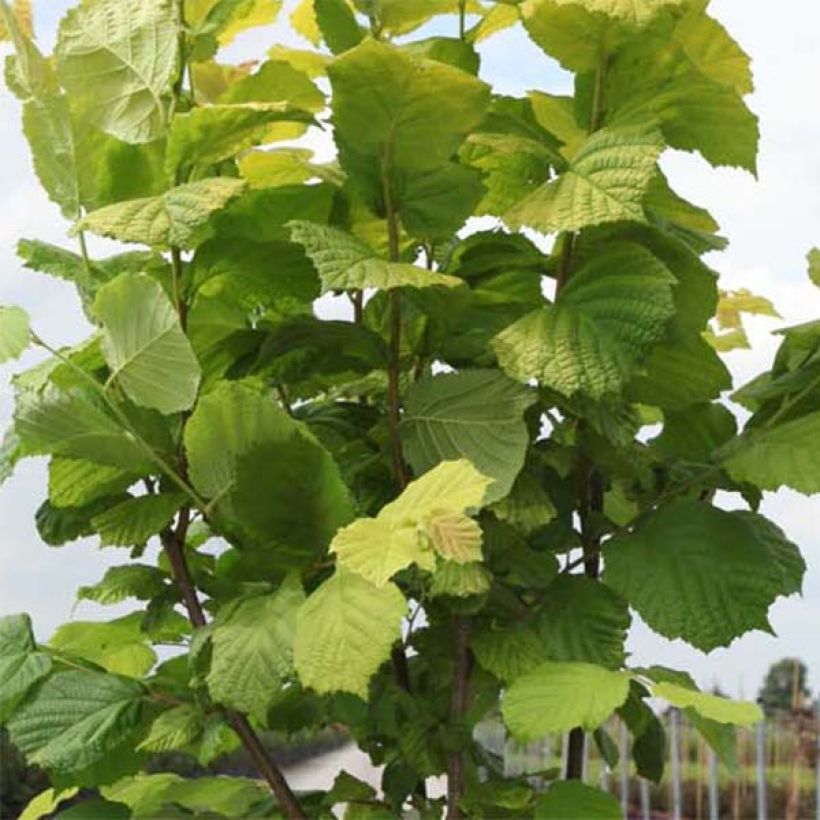

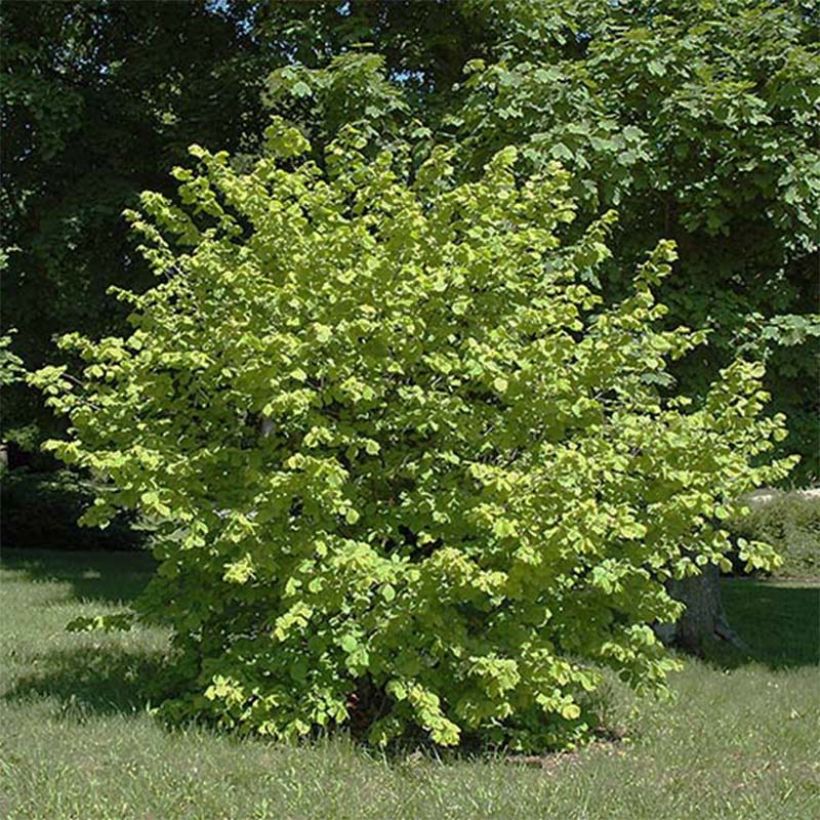

Plant habit
Flowering
Foliage
Safety measures
Botanical data
Corylus
avellana
Aurea
Betulaceae
Common Hazel, European Hazel
Cultivar or hybrid
atteinterespiratoire
Cette plante peut entraîner des symptômes allergiques.
Evitez de la planter si vous ou vos proches souffrez de rhinite saisonnière ("rhume des foins").
Davantage d'informations sur https://plantes-risque.info
Other Corylus - Hazelnuts
Planting and care
Corylus avellana thrives in sunny and semi-shady areas during summer. Plant it in any type of well-drained soil, but not too dry. Watering and feeding with fruit tree fertilizer will improve the appearance and yield of this beautiful bush. For good fruiting, plant at least two varieties together. In late autumn, prune the plant by cutting off any unwanted branches. It is recommended to cut the hazel plant back to 4 cm (1.6 in) every 4 years to rejuvenate it.
Planting period
Intended location
Care
-
, onOrder confirmed
Reply from on Promesse de fleurs
Hedge shrubs
Haven't found what you were looking for?
Hardiness is the lowest winter temperature a plant can endure without suffering serious damage or even dying. However, hardiness is affected by location (a sheltered area, such as a patio), protection (winter cover) and soil type (hardiness is improved by well-drained soil).

Photo Sharing Terms & Conditions
In order to encourage gardeners to interact and share their experiences, Promesse de fleurs offers various media enabling content to be uploaded onto its Site - in particular via the ‘Photo sharing’ module.
The User agrees to refrain from:
- Posting any content that is illegal, prejudicial, insulting, racist, inciteful to hatred, revisionist, contrary to public decency, that infringes on privacy or on the privacy rights of third parties, in particular the publicity rights of persons and goods, intellectual property rights, or the right to privacy.
- Submitting content on behalf of a third party;
- Impersonate the identity of a third party and/or publish any personal information about a third party;
In general, the User undertakes to refrain from any unethical behaviour.
All Content (in particular text, comments, files, images, photos, videos, creative works, etc.), which may be subject to property or intellectual property rights, image or other private rights, shall remain the property of the User, subject to the limited rights granted by the terms of the licence granted by Promesse de fleurs as stated below. Users are at liberty to publish or not to publish such Content on the Site, notably via the ‘Photo Sharing’ facility, and accept that this Content shall be made public and freely accessible, notably on the Internet.
Users further acknowledge, undertake to have ,and guarantee that they hold all necessary rights and permissions to publish such material on the Site, in particular with regard to the legislation in force pertaining to any privacy, property, intellectual property, image, or contractual rights, or rights of any other nature. By publishing such Content on the Site, Users acknowledge accepting full liability as publishers of the Content within the meaning of the law, and grant Promesse de fleurs, free of charge, an inclusive, worldwide licence for the said Content for the entire duration of its publication, including all reproduction, representation, up/downloading, displaying, performing, transmission, and storage rights.
Users also grant permission for their name to be linked to the Content and accept that this link may not always be made available.
By engaging in posting material, Users consent to their Content becoming automatically accessible on the Internet, in particular on other sites and/or blogs and/or web pages of the Promesse de fleurs site, including in particular social pages and the Promesse de fleurs catalogue.
Users may secure the removal of entrusted content free of charge by issuing a simple request via our contact form.
The flowering period indicated on our website applies to countries and regions located in USDA zone 8 (France, the United Kingdom, Ireland, the Netherlands, etc.)
It will vary according to where you live:
- In zones 9 to 10 (Italy, Spain, Greece, etc.), flowering will occur about 2 to 4 weeks earlier.
- In zones 6 to 7 (Germany, Poland, Slovenia, and lower mountainous regions), flowering will be delayed by 2 to 3 weeks.
- In zone 5 (Central Europe, Scandinavia), blooming will be delayed by 3 to 5 weeks.
In temperate climates, pruning of spring-flowering shrubs (forsythia, spireas, etc.) should be done just after flowering.
Pruning of summer-flowering shrubs (Indian Lilac, Perovskia, etc.) can be done in winter or spring.
In cold regions as well as with frost-sensitive plants, avoid pruning too early when severe frosts may still occur.
The planting period indicated on our website applies to countries and regions located in USDA zone 8 (France, United Kingdom, Ireland, Netherlands).
It will vary according to where you live:
- In Mediterranean zones (Marseille, Madrid, Milan, etc.), autumn and winter are the best planting periods.
- In continental zones (Strasbourg, Munich, Vienna, etc.), delay planting by 2 to 3 weeks in spring and bring it forward by 2 to 4 weeks in autumn.
- In mountainous regions (the Alps, Pyrenees, Carpathians, etc.), it is best to plant in late spring (May-June) or late summer (August-September).
The harvesting period indicated on our website applies to countries and regions in USDA zone 8 (France, England, Ireland, the Netherlands).
In colder areas (Scandinavia, Poland, Austria...) fruit and vegetable harvests are likely to be delayed by 3-4 weeks.
In warmer areas (Italy, Spain, Greece, etc.), harvesting will probably take place earlier, depending on weather conditions.
The sowing periods indicated on our website apply to countries and regions within USDA Zone 8 (France, UK, Ireland, Netherlands).
In colder areas (Scandinavia, Poland, Austria...), delay any outdoor sowing by 3-4 weeks, or sow under glass.
In warmer climes (Italy, Spain, Greece, etc.), bring outdoor sowing forward by a few weeks.

































